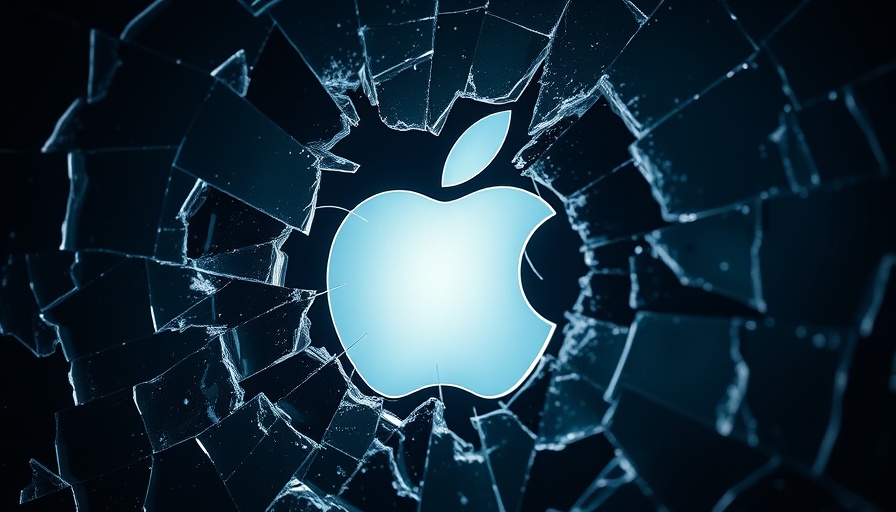
The Rise and Fall of Dead Pixels in LCD Screens
In the early days of LCD technology, dead or stuck pixels represented a significant frustration for consumers. The excitement over transitioning from bulky CRT monitors to sleek flat panels was often overshadowed by these defects, which could turn vibrant images into pixelated disappointments. Today, with LCD screens being nearly ubiquitous, it’s intriguing to explore how this issue became a relic of the past.
Understanding the Technology Behind Dead Pixels
Dead pixels occur due to failures in the micro-transistors that control individual pixels on screens. When these transistors malfunction, a pixel may remain unlit or frozen in a specific color. During the production phase, maintaining a sterile environment is crucial, as contaminants can lead to such defects. However, the technology has greatly improved since the 1990s, resulting in far fewer dead pixels reaching consumers once they purchase their screens.
Changing Standards and Consumer Expectations
Previously, manufacturers had stringent and often confusing policies regarding dead pixels; for example, only certain numbers or locations of defects would qualify for warranty replacements. This convoluted system meant that low-cost display options often came with larger risks of dead pixels. Fortunately, consumer expectations have shifted. Today, many manufacturers offer better standards and clearer policies, prioritizing a defect-free experience that meets modern customer demands.
Embracing the Evolution of Display Technology
The advancements in LCD technology reflect a broader trend within the tech industry—an ongoing effort to refine and perfect products. Moving forward, we can expect continued enhancement of display quality as manufacturers invest in cutting-edge materials and methods.
A Thematic Lesson in Technology Resilience
For business owners and managers looking to integrate new technologies into their operations, the evolution of LCD screens serves as a memorable lesson. Just as companies have evolved their products to meet consumer standards, embracing innovation and adapting to feedback is crucial to long-term success in any field. This parallel is a reminder that every challenge presents an opportunity for improvement.
If you’re considering upgrading your business’s technology, take a cue from the thriving advancements in displays. Prioritize quality, stay informed, and don’t shy away from investing in the best solutions available. Continuous improvement is key—just like the technology we use every day!
 Add Row
Add Row  Add
Add 










Write A Comment